What is Magnetic Permeability? The Basics, Relative Permeability, and More
Magnetic permeability describes how easily a material allows magnetic field lines to pass through it. But what exactly does that mean?
What is Magnetic Permeability?
First, let’s talk about magnetic fields. A magnetic field is a physical field in the area of a magnet, electric current, or changing electric field in which magnetic forces can be observed.
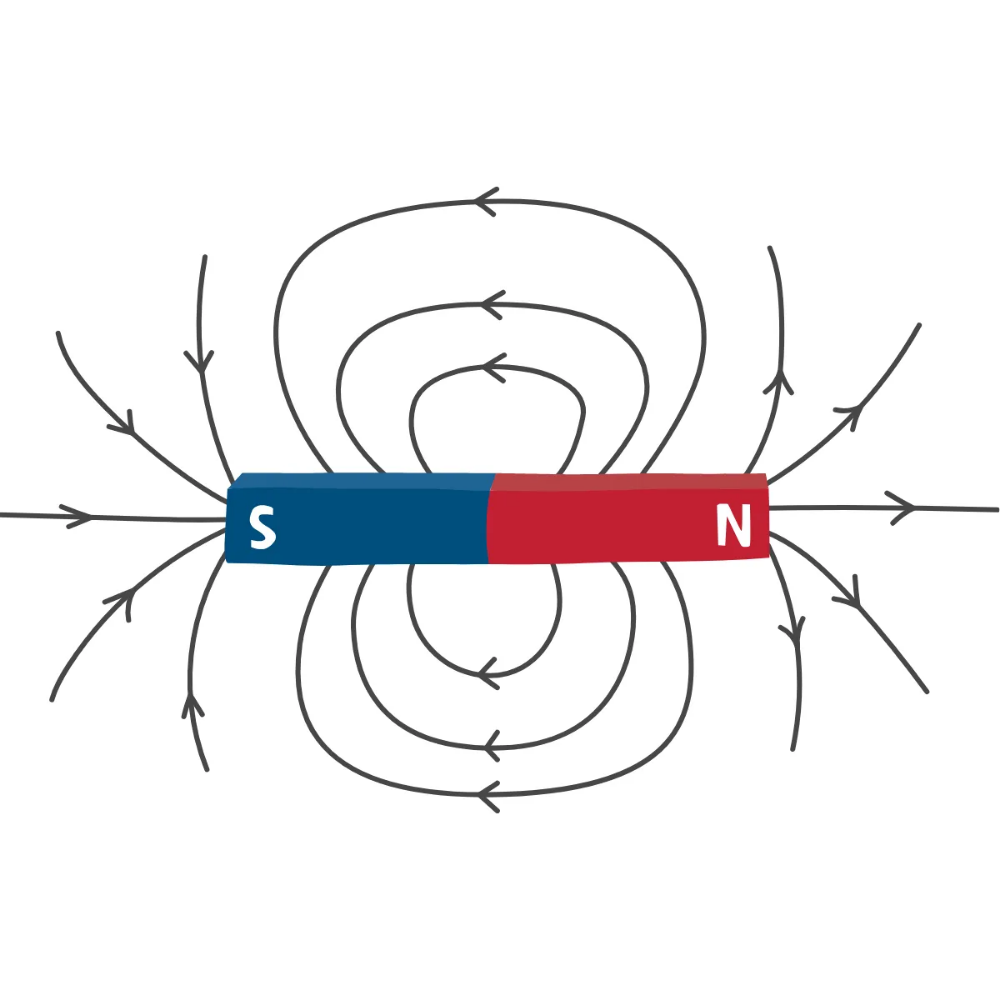
Magnetic Field Around a Bar Magnet
If we put a material in a magnetic field, and it weakly changes or distorts the field, then it has low magnetic permeability.
On the other hand, if we put a material in a magnetic field and it strongly distorts the magnetic field, as shown with iron below, it has high permeability. This is due to the original magnetic field interacting with the material's internal magnetic field.
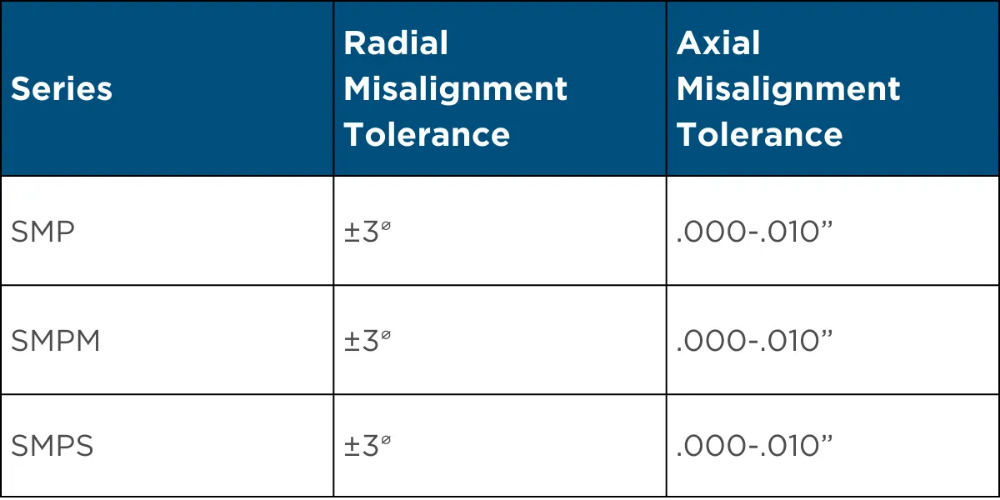
Example of how Wood and Iron Affect a Magnetic Field
Magnetic susceptibility may also come up when discussing magnetic permeability. This is how easily a material can be magnetized, and focuses on the material's magnetic response to an external field instead of the overall magnetic field.
Materials and Relative Permeability
Many times, a material's magnetic permeability can be calculated and defined by its relative permeability (𝝻r). Relative permeability is a ratio between the material's magnetic permeability (𝝻) and the magnetic permeability of free space (𝝻0). It's a dimensionless quantity that shows how materials interact with a magnetic field compared to a vacuum.
The chart below shows different materials' relative permeability. For example, wood has an almost 1 to 1 ratio, meaning it has low magnetic permeability and would weakly distort a magnetic field, while iron has a much higher ratio, meaning it will strongly distort a magnetic field and has high magnetic permeability.
Materials | Relative Permeability 𝝻r = 𝝻/𝝻0 |
Wood | 1.00000043 |
Aluminum | 1.000022 |
Beryllium Copper | 1.0002 |
Cobalt | 250 |
Nickel | 600 |
Iron | 5,000 |
These Values May Vary Based on Material Purity, Alloy Composition, and External Factors
Our Non-Magnetic Line
Our Non-Magnetic RF Interconnect line provides high-performance, reliable solutions for medical, aerospace, and quantum computing applications, where it's crucial not to have magnetic materials.
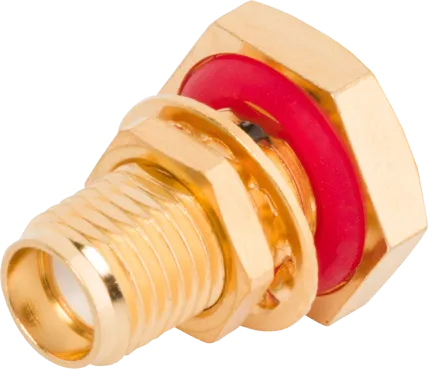
SMA Female Non-Magnetic Bulkhead Connector for .047 Cable
These connectors have a low magnetic susceptibility (10^-5 max), no electric field distortion, and a magnetic field strength of less than .1 milligauss since they are made of Beryllium Copper with zero nickel plating.
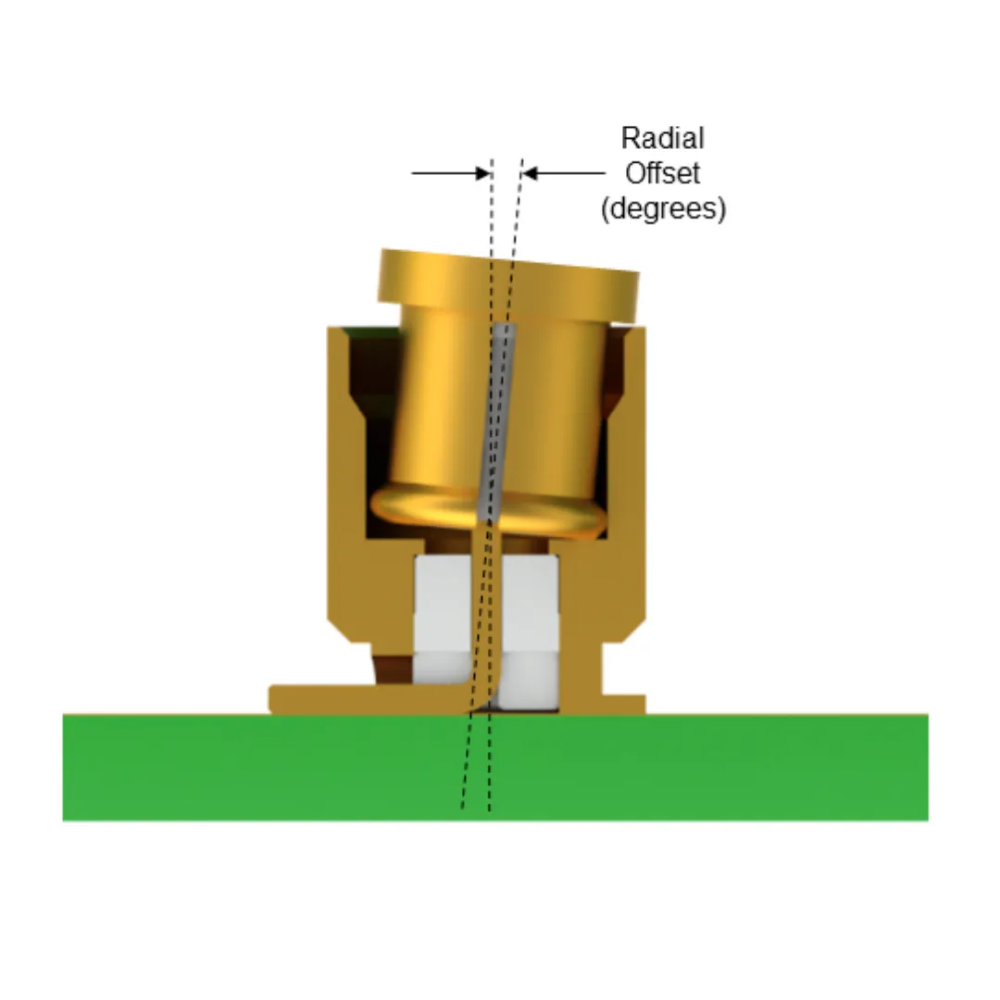
Standard Interconnects Under Magnet
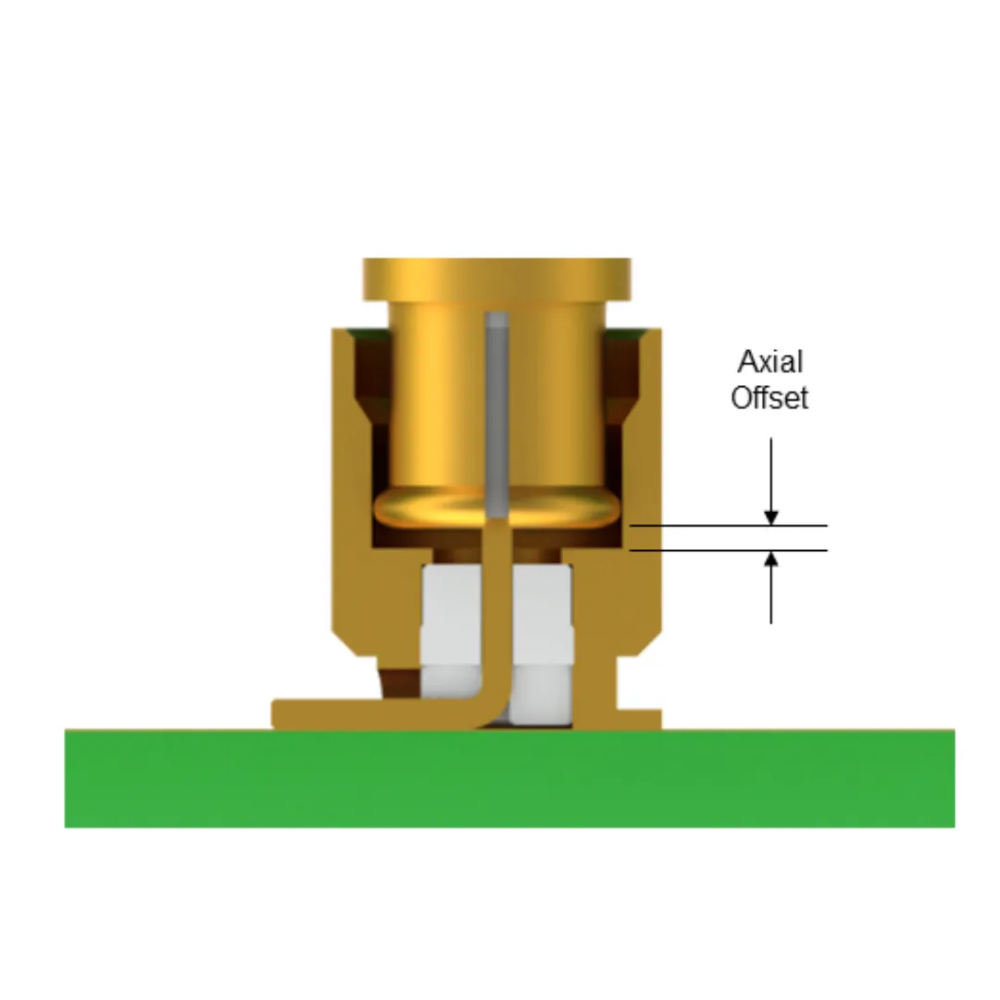
Non-Magnetic Interconnects Under Magnet
This product line offers threaded SMA connectors for robust and reliable connections, as well as blind-mate SMPM connectors for high-density, high-frequency applications where a push-on interconnect is preferred.
Have any questions? Reach out to our engineers.
recent releases
What is Magnetic Permeability? The Basics, Relative Permeability, and More
Magnetic permeability describes how easily a material allows magnetic field lines to pass through it. But what exactly does that mean?
What is Magnetic Permeability?
First, let’s talk about magnetic fields. A magnetic field is a physical field in the area of a magnet, electric current, or changing electric field in which magnetic forces can be observed.

Magnetic Field Around a Bar Magnet
If we put a material in a magnetic field, and it weakly changes or distorts the field, then it has low magnetic permeability.
On the other hand, if we put a material in a magnetic field and it strongly distorts the magnetic field, as shown with iron below, it has high permeability. This is due to the original magnetic field interacting with the material's internal magnetic field.

Example of how Wood and Iron Affect a Magnetic Field
Magnetic susceptibility may also come up when discussing magnetic permeability. This is how easily a material can be magnetized, and focuses on the material's magnetic response to an external field instead of the overall magnetic field.
Materials and Relative Permeability
Many times, a material's magnetic permeability can be calculated and defined by its relative permeability (𝝻r). Relative permeability is a ratio between the material's magnetic permeability (𝝻) and the magnetic permeability of free space (𝝻0). It's a dimensionless quantity that shows how materials interact with a magnetic field compared to a vacuum.
The chart below shows different materials' relative permeability. For example, wood has an almost 1 to 1 ratio, meaning it has low magnetic permeability and would weakly distort a magnetic field, while iron has a much higher ratio, meaning it will strongly distort a magnetic field and has high magnetic permeability.
Materials | Relative Permeability 𝝻r = 𝝻/𝝻0 |
Wood | 1.00000043 |
Aluminum | 1.000022 |
Beryllium Copper | 1.0002 |
Cobalt | 250 |
Nickel | 600 |
Iron | 5,000 |
These Values May Vary Based on Material Purity, Alloy Composition, and External Factors
Our Non-Magnetic Line
Our Non-Magnetic RF Interconnect line provides high-performance, reliable solutions for medical, aerospace, and quantum computing applications, where it's crucial not to have magnetic materials.

SMA Female Non-Magnetic Bulkhead Connector for .047 Cable
These connectors have a low magnetic susceptibility (10^-5 max), no electric field distortion, and a magnetic field strength of less than .1 milligauss since they are made of Beryllium Copper with zero nickel plating.

Standard Interconnects Under Magnet

Non-Magnetic Interconnects Under Magnet
This product line offers threaded SMA connectors for robust and reliable connections, as well as blind-mate SMPM connectors for high-density, high-frequency applications where a push-on interconnect is preferred.
Have any questions? Reach out to our engineers.






